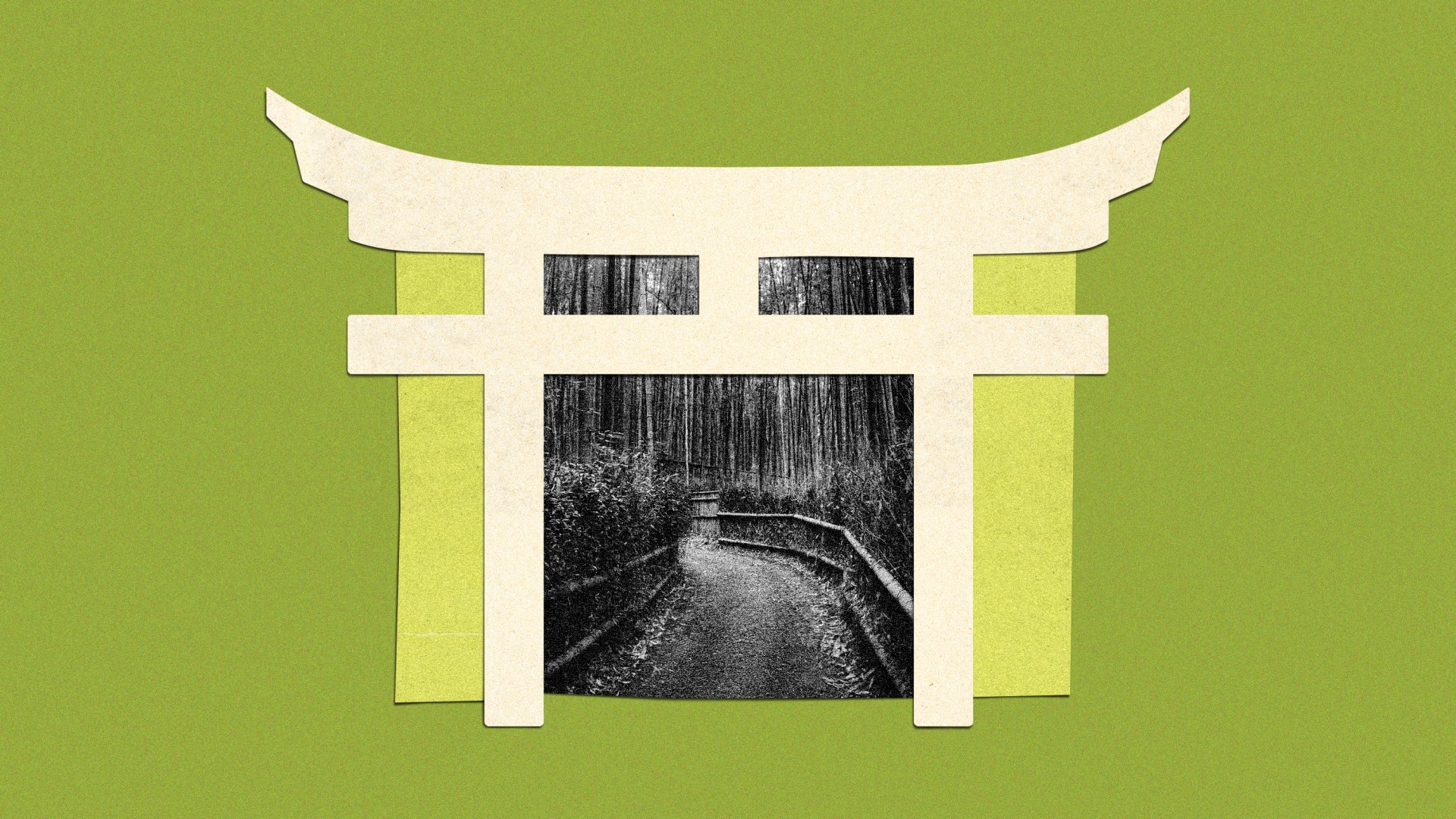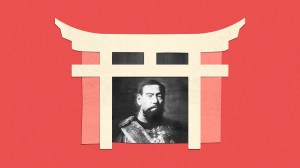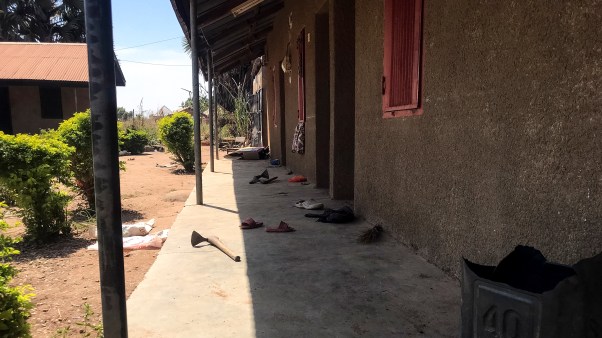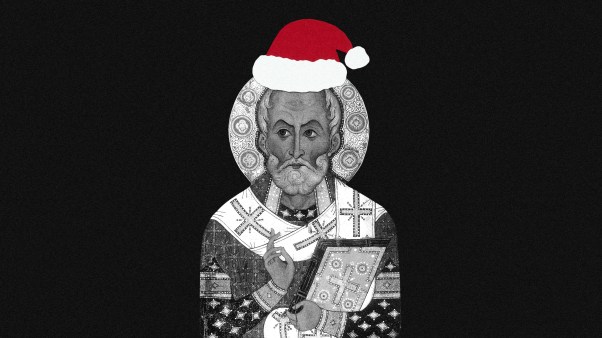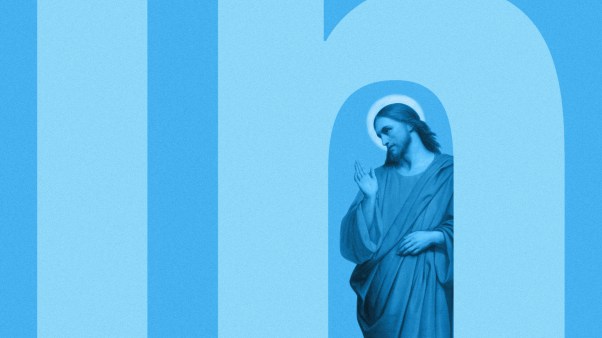In this series
Christianity Today speaks with Yoichi Yamaguchi, director of the International Mission Center at Tokyo Christian University, on what Shinto beliefs look like and how the indigenous religion flourished in Japan.
What is Shinto?
As the earliest religion in Japan, Shinto could have been practiced as far back as the Jomon period (10,500 to 300 BC). It developed over time by absorbing influences from other traditions and religions, such as Buddhism and Confucianism.
Shinto is the indigenous religion of Japan, which emphasizes the nature and worship of various deities (kami). The deities reside in various natural phenomena and objects, and Japanese people believe that all things possess a divine spirit.
Shinto emphasizes ancestral veneration and ritual purity, but there are no unified doctrines or rituals. Hence, Shinto is a very ambiguous phenomenon, and Japanese scholars of religion continue to debate whether it should be classified as a religion.
This flexibility is one of the most important characteristics of Shinto. “First, Shinto arose in tandem with Japanese ethnic culture and has never once been practiced outside of Japanese society,” Shinto scholar Minoru Sonoda writes in Encyclopedia of Japanese Religions. “Second, by modern standards, it is too vague to be classified as a religion, and most Japanese people who have encountered Shinto in some forms do not consciously recognize it as religious.”
What are Shinto’s key teachings?
Strictly speaking, Shinto does not possess formal doctrines. If anything, it is founded upon an intuitive reverence for the Japanese land, deities, and ancestors.
One defining characteristic of Shinto is its emphasis on ritual purity and harmony with nature. But this notion of purification differs considerably from the Christian concept of holiness before God.
Rather than seeking holiness in relation to a transcendent being, Shinto emphasizes subjective inner purity. For instance, walking quietly on gravel paths in a serene shrine forest is itself an act of spiritual cultivation in Shinto. Such practices foster emotional tranquility, but they do not arise from doctrinal imperatives.
Shinto’s focus is not on divine-human communion but on an individual’s harmonious integration with nature. This marks a fundamental contrast with Christian spirituality.
From a Western perspective, this is similar to the postmodern trend of religionless spirituality. But Japan has never fully undergone the modernization that preceded the postmodern turn in Europe. Japan has long inhabited a framework in which the transcendence is not external (extra nos) but internal (intra nos). Shinto lacks a transcendent notion of God, which is characteristic of Christianity.
How did Shinto grow and flourish in Japan?
Although Shinto was central to Japanese identity, Confucian and Buddhist values also coexisted with it. Historically, many Japanese people held the popular view, known as honji-suijaku, that Shinto deities were manifestations of various Buddhas. This perspective was influential in the development of Buddhist-Shinto syncretism in the country.
In the latter Edo period (1603–1868), the nativist (Kokugaku) movement emerged to clarify and purify Japan’s native traditions. Kokugaku scholars such as Motoori Norinaga and Hirata Atsutane sought to strip away “impure” elements, such as Buddhism and Confucianism, and rediscover “authentic” Japanese values like Shinto.
This intellectual movement provided the philosophical impetus for the Meiji Restoration, a political revolution in 1868 that led to the Meiji government’s institutionalization of an emperor-centered worldview, a concept we call kokutai.
Learn more about what Shinto’s historical and contemporary influences are in Japan, how Christianity and Shinto interacted in the country, and what evangelism looks like in a Shinto-influenced culture.
Correction: An earlier version of the story misstated what the honji-suijaku view entailed.

